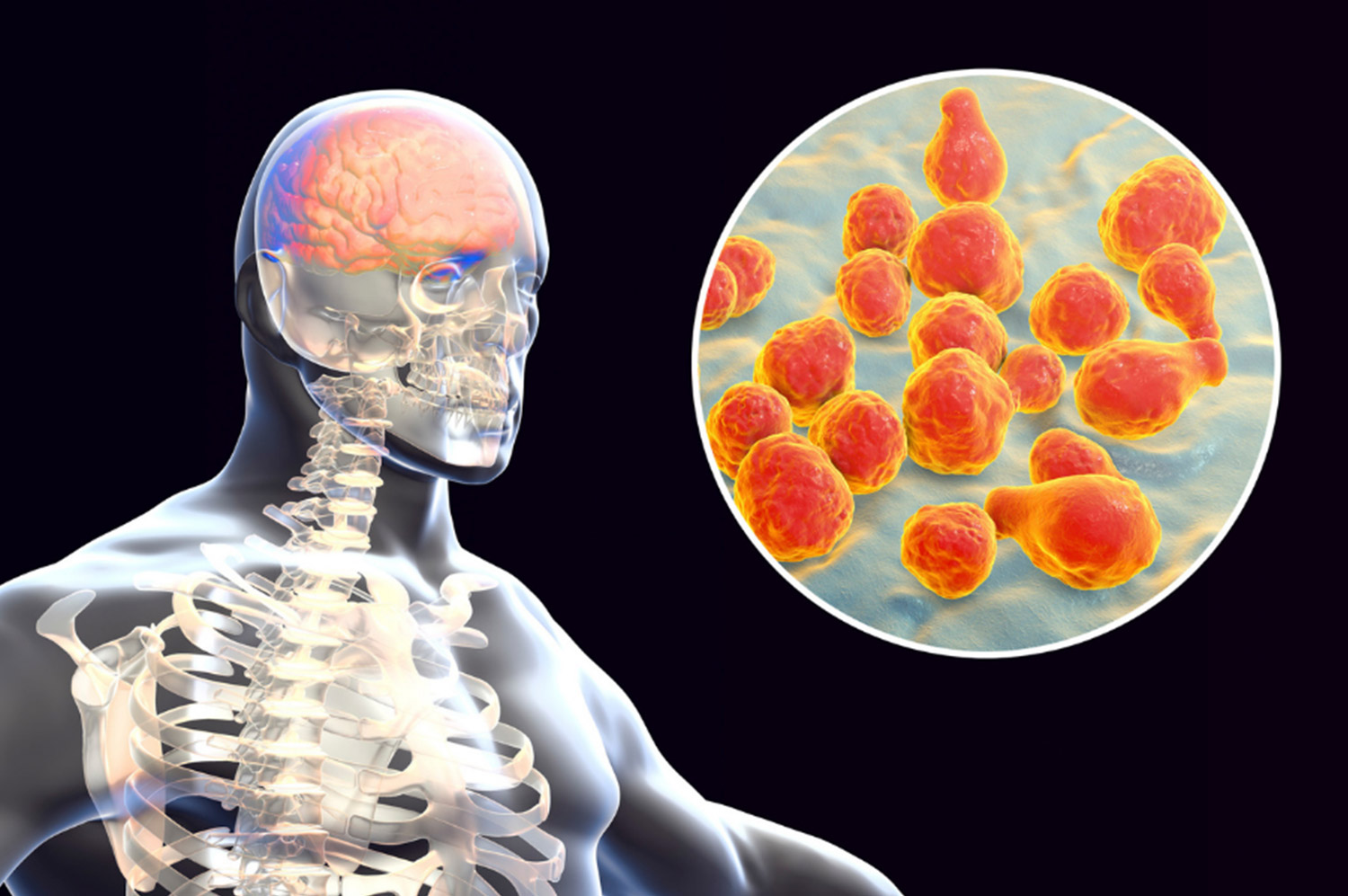Humans and animals get infected by several parasitic worms (helminths), either round worms (Nematodes), or flat worms (Platyhelminths). One of the categories of flat worms are tapeworms (Cestodes) that are flat and elongated in structure. Infection with tapeworms that usually inhabit the intestine is termed as taeniasis (intestinal tapeworm infection). This is an intestinal infection caused by 3 species of tapeworms: Taenia solium (also known as pork tapeworm), Taenia saginata (also known as beef tapeworm) and rarely Taenia asiatica. Humans are the only hosts infected with these species of tapeworm.

Cysticercosis in humans is caused by infection with Taenia solium (known as pork tapeworm) cysts. During the phases of development, small larvae emerging from eggs form cystic (bladder like) structures in different tissues as part of their development process. These structures are fluid filled sacs known as cysticerci (immature worms). Presence of these cystic form of the parasite in the intermediate host like pigs is termed as cysticercosis (cysts in the muscle tissues). This condition of pigs is known as porcine cysticercosis which is a common and required part in the developmental process of the tapeworms. Sometimes these cystic structures also develop in different tissues of humans who ingest eggs of the tapeworm through contaminated food/ water or other unhygienic practices. This is termed as human cysticercosis. The most common manifestation of cysticercosis in humans is epilepsy (fits/ seizures) due to presence of these cysts in brain or associated nervous tissue. This condition is known as neurocysticercosis.
Neurocysticercosis
Neurocysticercosis is a parasitic invasion of the CNS (Central Nervous System). Neurocysticercosis is not the most common parasitic invasion of the CNS; toxoplasmosis is far more common. It has gained recognition in the last two decades because of more effective diagnostic facilities. Neurocysticercosis is further categorized as parenchymal and extra-parenchymal disease. The larval infection of the parenchyma (the functional tissue of the brain) is the common location of infection. Extra-parenchymal disease occurs when the tapeworm larvae migrate to cerebrospinal fluid of the ventricles, meninges, basilar cisterns, subarachnoid space of the brain, spinal cord or different parts of the eyes.
